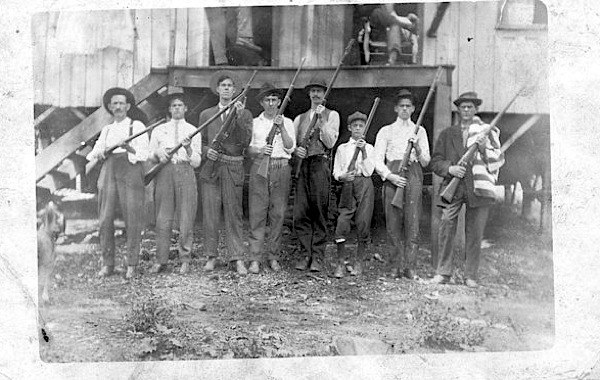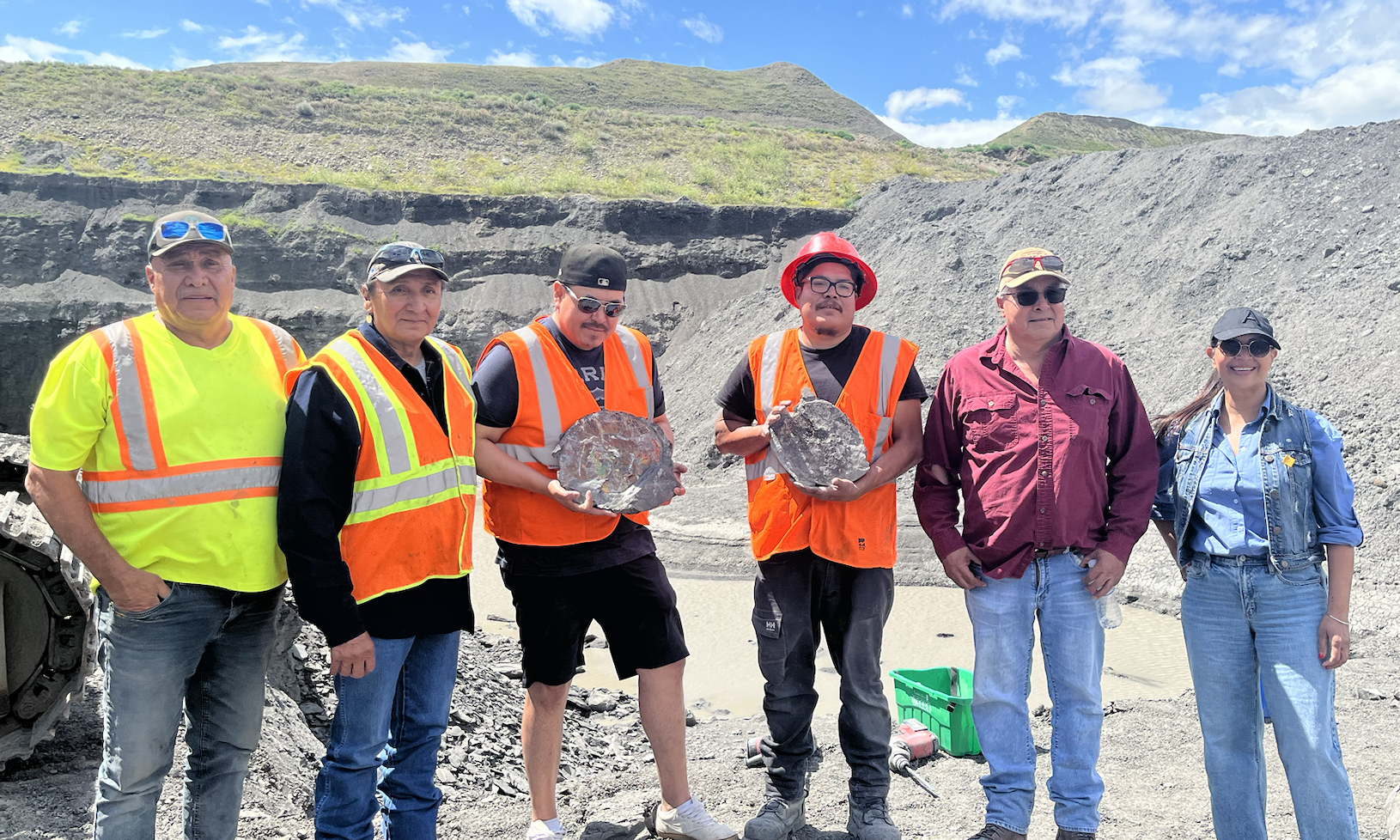US coal miners’ struggles at dawn of 20th century not too far from today’s
At the dawn of the 20th century, coal was the fuel that powered the United States. Yet few Americans thought much about the men who worked underground and brought the fuel to the surface. The Mine Wars is a documentary that airs Jan. 26 at 9 pm ET on PBS and tells the overlooked story of the coal miners in the mountains of southern West Virginia — native mountaineers, African American migrants, and European immigrants — who came together in a protracted struggle for their rights.

Labour organizer Mary Harris “Mother” Jones came to West Virginia to persuade coal miners to join the United Mine Workers of America. Credit: Library of Congress.
“This is a truly American story about people fighting for their dignity and the rights they believed had been promised by the government, but which had been denied by their employers,” Mark Samels, executive producer of the PBS “American Experience” series, said in a statement.
“The film shows a different side of the miners, who were willing to do a backbreaking and dangerous job, yet who were often dismissed and denigrated by the rest of the country.”
According to the West Virginia Division of Culture and History, the promise of good wages and inexpensive housing drew thousands of recent European immigrants to the coalfields, in addition to a large number of African-Americans from southern states. In fact, the black population of McDowell County ballooned from just 0.1 percent in 1880 to 30.7 percent by 1910, the division states.
Unfortunately, most of these new Mountain State residents were soon subjugated by mine operators, who essentially owned entire communities instead of just the mines. Rent for company housing was deducted from pay, while company stores charged over-inflated prices for goods because the miners had no alternatives for where to shop.
The miners were paid by “scrip” – tokens, currency, or credit – which could be used only at the company store. Therefore, even when wages were increased, coal companies simply increased prices at the company store to balance what they lost in payroll.
Miners also were paid only for how much coal they actually extracted, although companies often cheated them even on this.
The Mine Wars is expected to hit a nerve, as the U.S. coal industry is currently struggling to survive a dramatic rout in prices and tougher-than-ever regulations.
Just this week, Arch Coal (NYSE:ACI), the U.S. second-largest miner of the commodity, dealt a fresh blow to the industry by filing for chapter 11 bankruptcy protection.
The whole sector is facing daily challenges that threaten its future, while impacting production. The country’s total coal output fell to 900 million short tons in 2015, figures from the Energy Information Administration show, a 10% decline on the previous year.
More News
{{ commodity.name }}
{{ post.title }}
{{ post.date }}




Comments